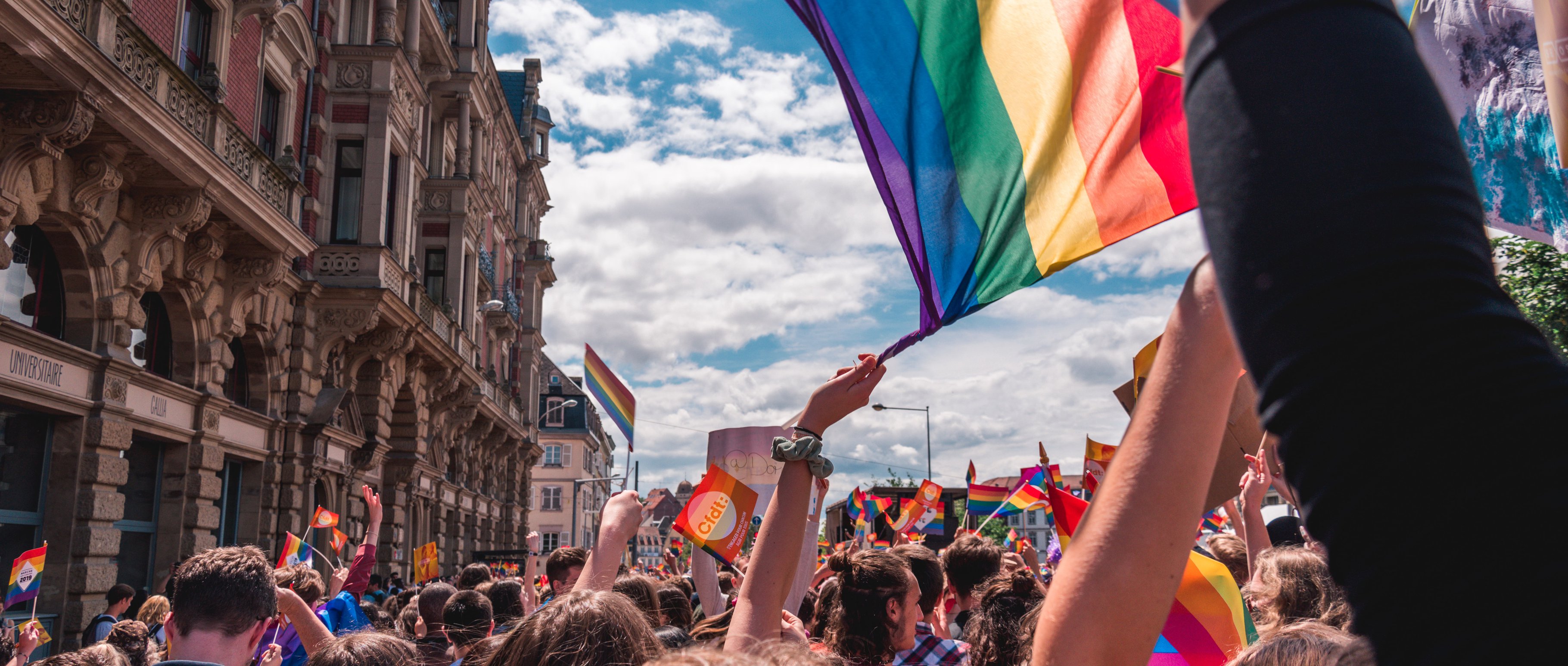Understanding the LGBT+ Community
The LGBT+ community has a long and varied history. In the early 20th century, gay and lesbian people were often subjected to stigma, discrimination, and persecution due to their sexual orientation and gender identity. This resulted in an underground culture of people who formed their own communities and support networks. Despite this, they continued to face prejudice and discrimination which limited their rights and freedoms.
The Stonewall Riots of 1969 marked a turning point in the struggle for LGBT+ rights and ushered in a new era of visibility and activism. In the decades that followed, more and more people began to come out, advocating for their rights to be recognised and protected.
Today, the LGBT+ community is more visible than ever before and continues to make progress in gaining greater acceptance and equality. The community encompasses a wide variety of identities and orientations, including but not limited to lesbian, gay, bisexual, transgender, non-binary, pansexual, asexual, queer, intersex, genderqueer, genderfluid, and questioning. Each of these groups is united by the shared experience of facing prejudice and discrimination based on their gender identity or sexual orientation.
Why Inclusion is Important
The LGBT+ community makes up a significant portion of the global population and their inclusion in marketing is an essential step to creating an inclusive society. By recognising the importance of the LGBT+ community, brands can build loyalty, trust and support among these groups. Additionally, acknowledging and celebrating diversity helps to combat discrimination and prejudice in our communities.
Including LGBT+ people in marketing helps to normalise same-sex relationships and other gender identities in the media. By creating campaigns that feature LGBT+ couples and families, brands can send a powerful message of acceptance and equality. Representation also allows for greater understanding and acceptance of gender identities beyond the binary.
Furthermore, inclusion helps to diversify advertising and make sure that no one is left out or excluded. In a world where LGBTQ+ rights are still not universally accepted, marketing that includes these groups helps to spread visibility and awareness. This helps to create a more inclusive society where everyone can feel seen, heard and respected.


